Hydro-Quebec's 735,000 volt electric power transmission system was the first in the world to be designed, built and operated at an alternating-current voltage above 700 kV. This development extended the limits of long-distance transmission of electrical energy. On 29 November 1965 the first 735 kV line was inaugurated. Power was transmitted from the Manicouagan-Outardes hydro-electric generating complex to Montreal, a distance of 600 km.
Alternating Current
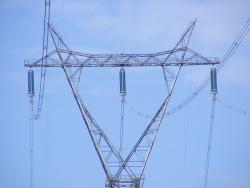
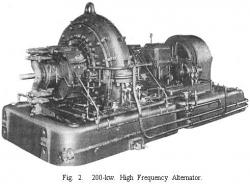
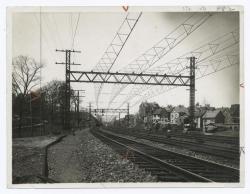
This was a pioneering venture in mainline railroad electrification. It established single-phase alternating current as a technical and economical alternative to direct current. This concept exerted considerable influence over subsequent systems both in the United States and abroad. The major components of the system were developed by the engineering staffs of the New York, New Haven & Hartford Railroad and the Westinghouse Electric and Manufacturing Company of East Pittsburgh, Pennsylvania.
Innovations
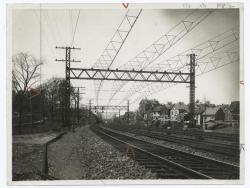
This was a pioneering venture in mainline railroad electrification. It established single-phase alternating current as a technical and economical alternative to direct current. This concept exerted considerable influence over subsequent systems both in the United States and abroad. The major…
Read More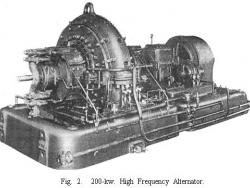

Hydro-Quebec's 735,000 volt electric power transmission system was the first in the world to be designed, built and operated at an alternating-current voltage above 700 kV. This development extended the limits of long-distance transmission of electrical energy. On 29 November 1965 the first 735…
Read More

